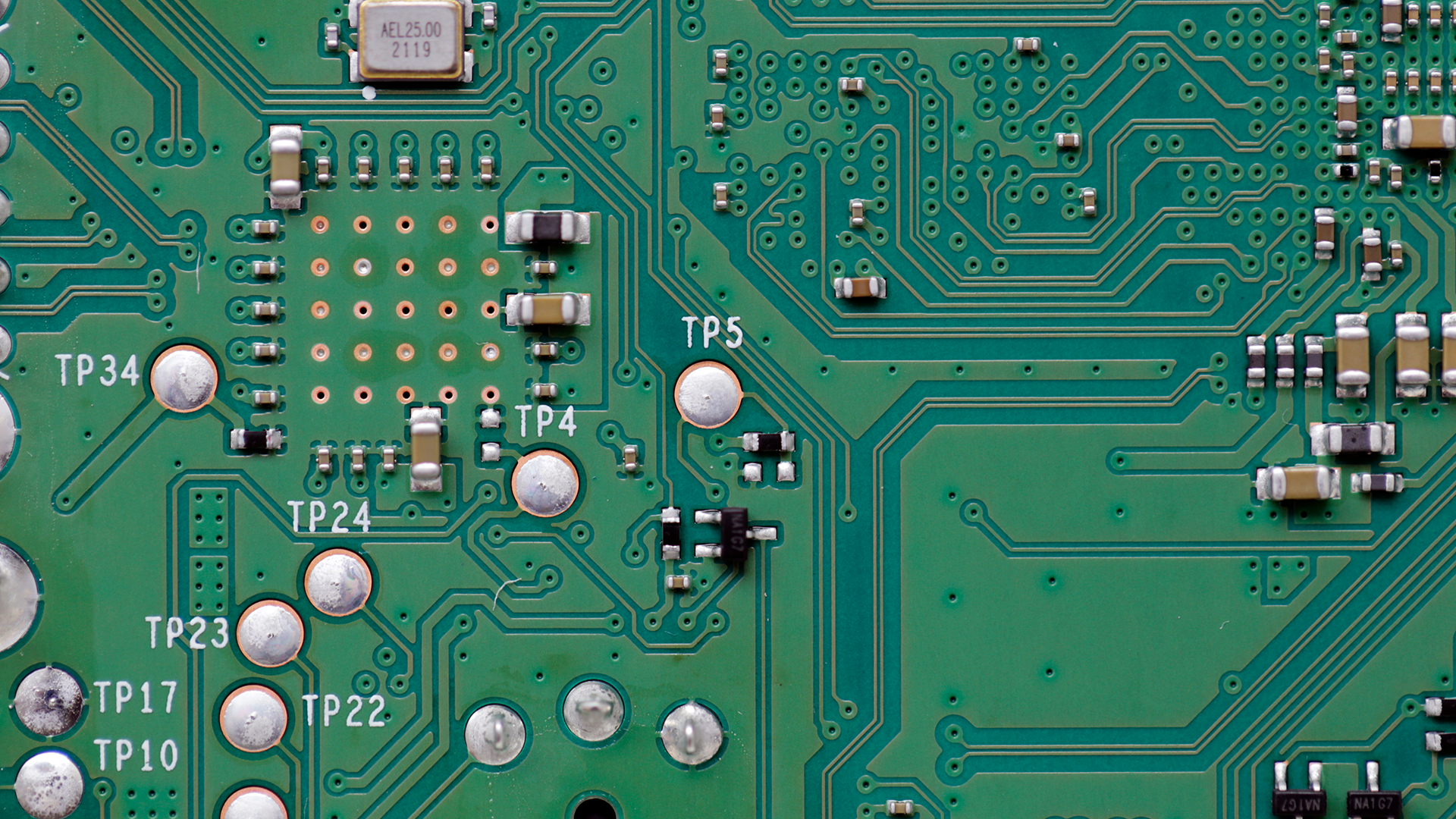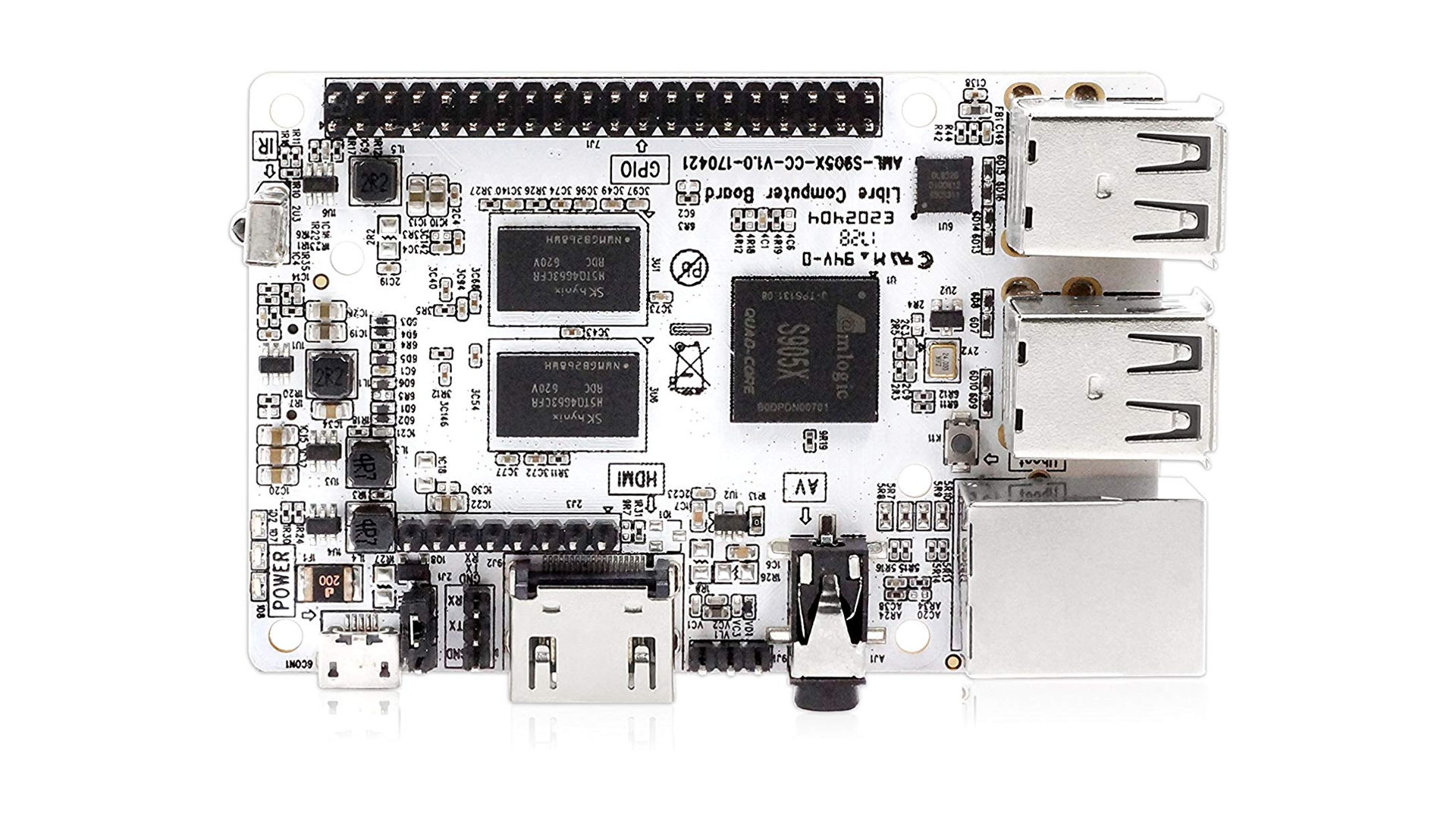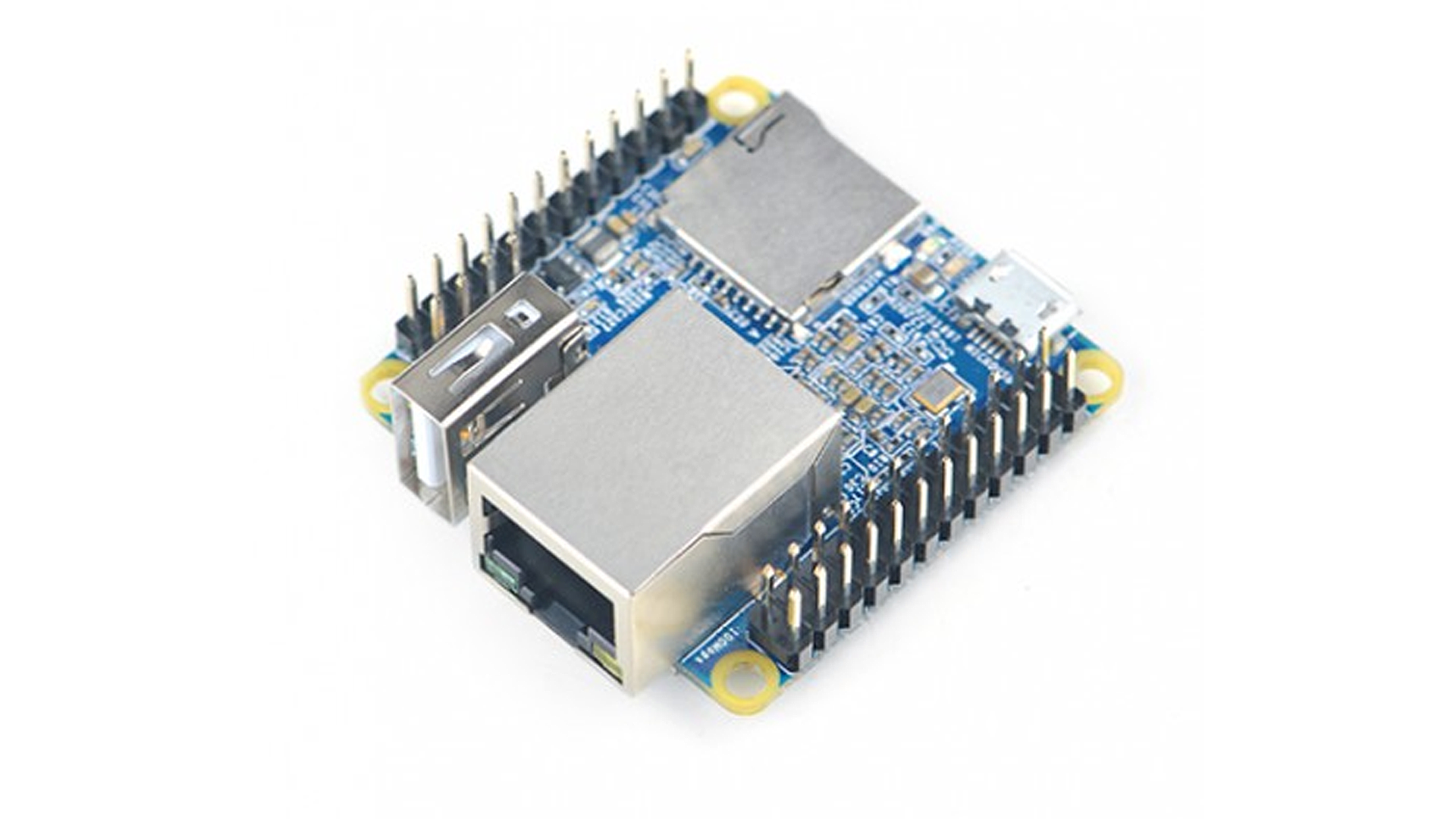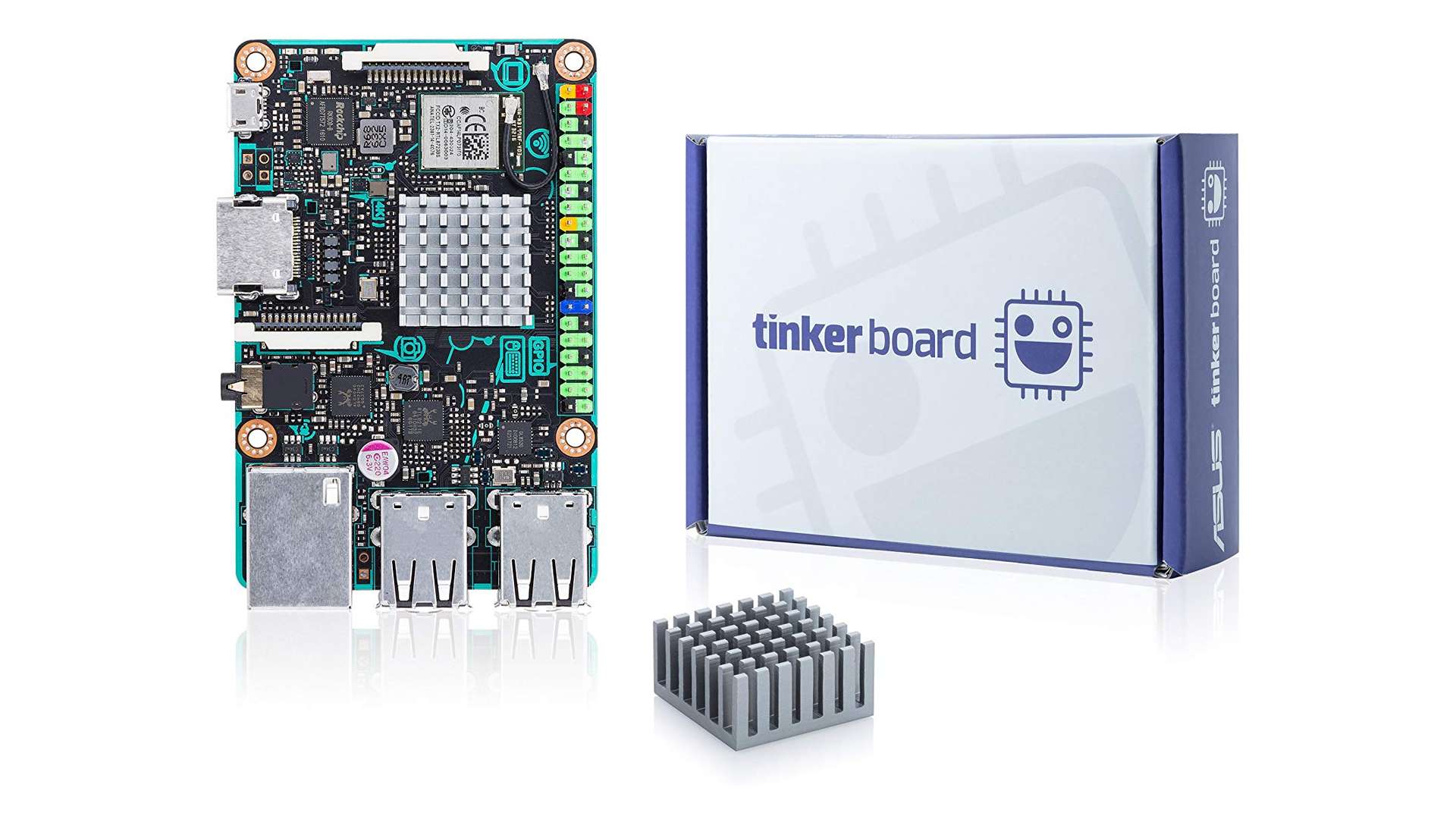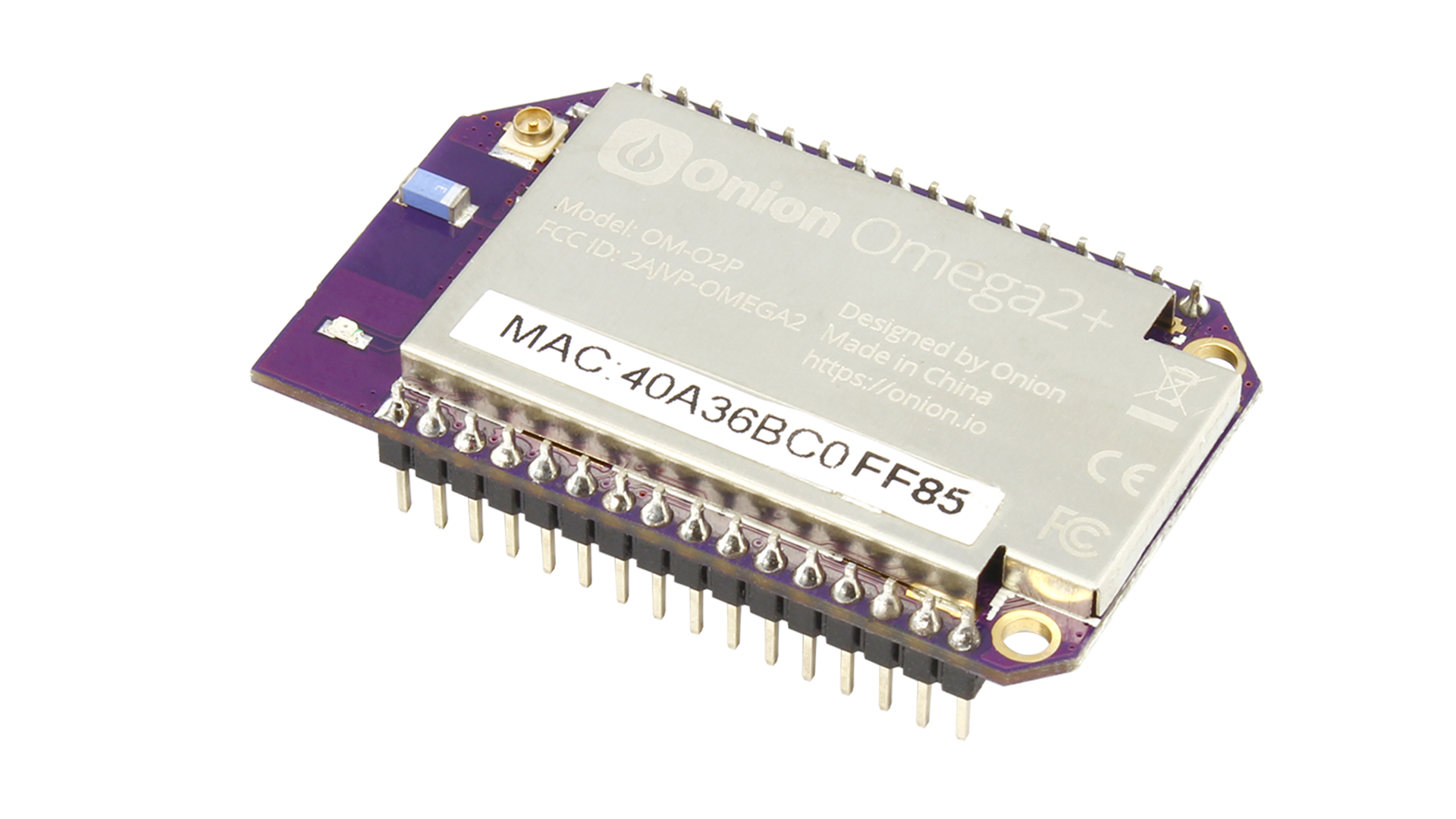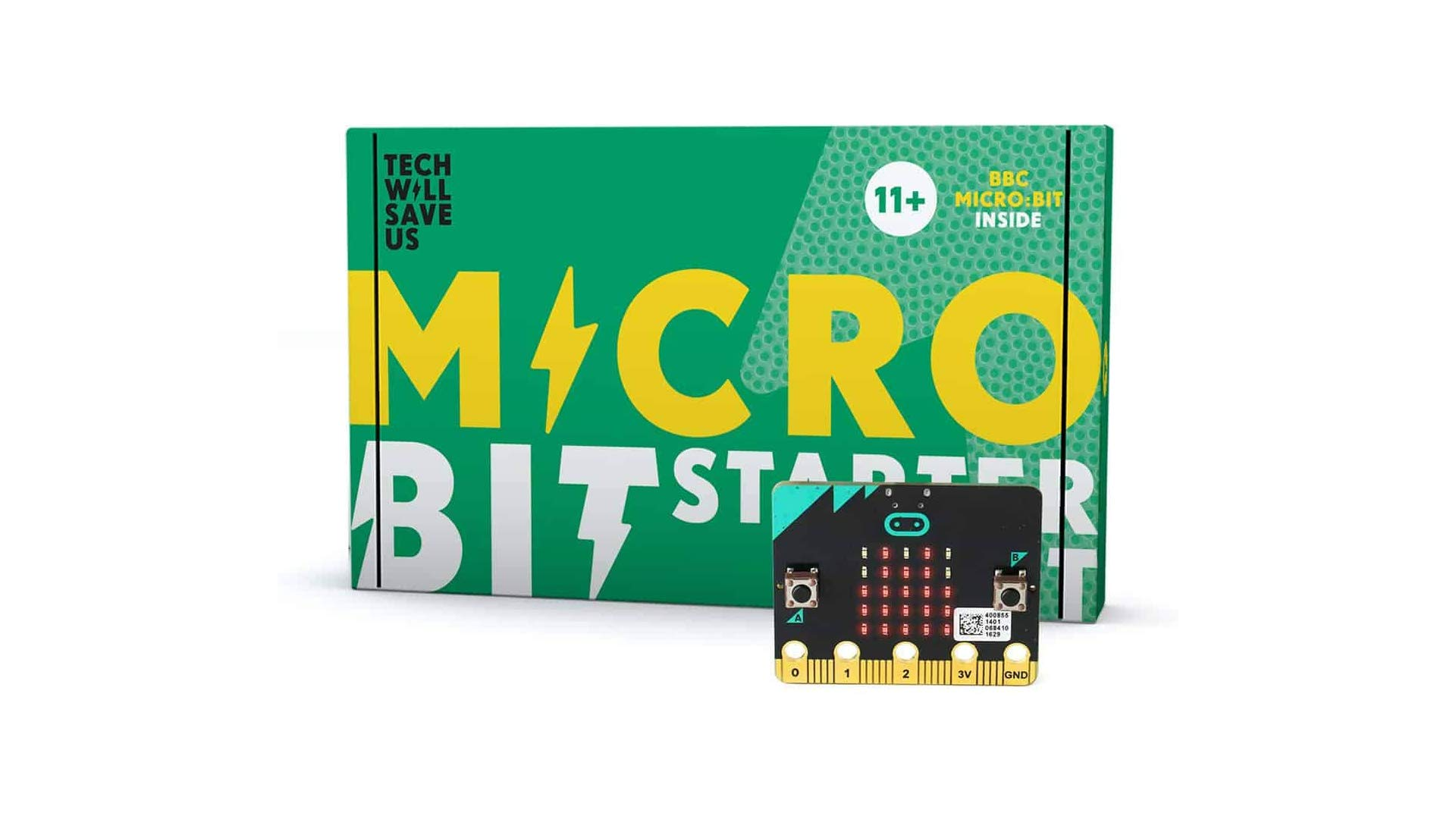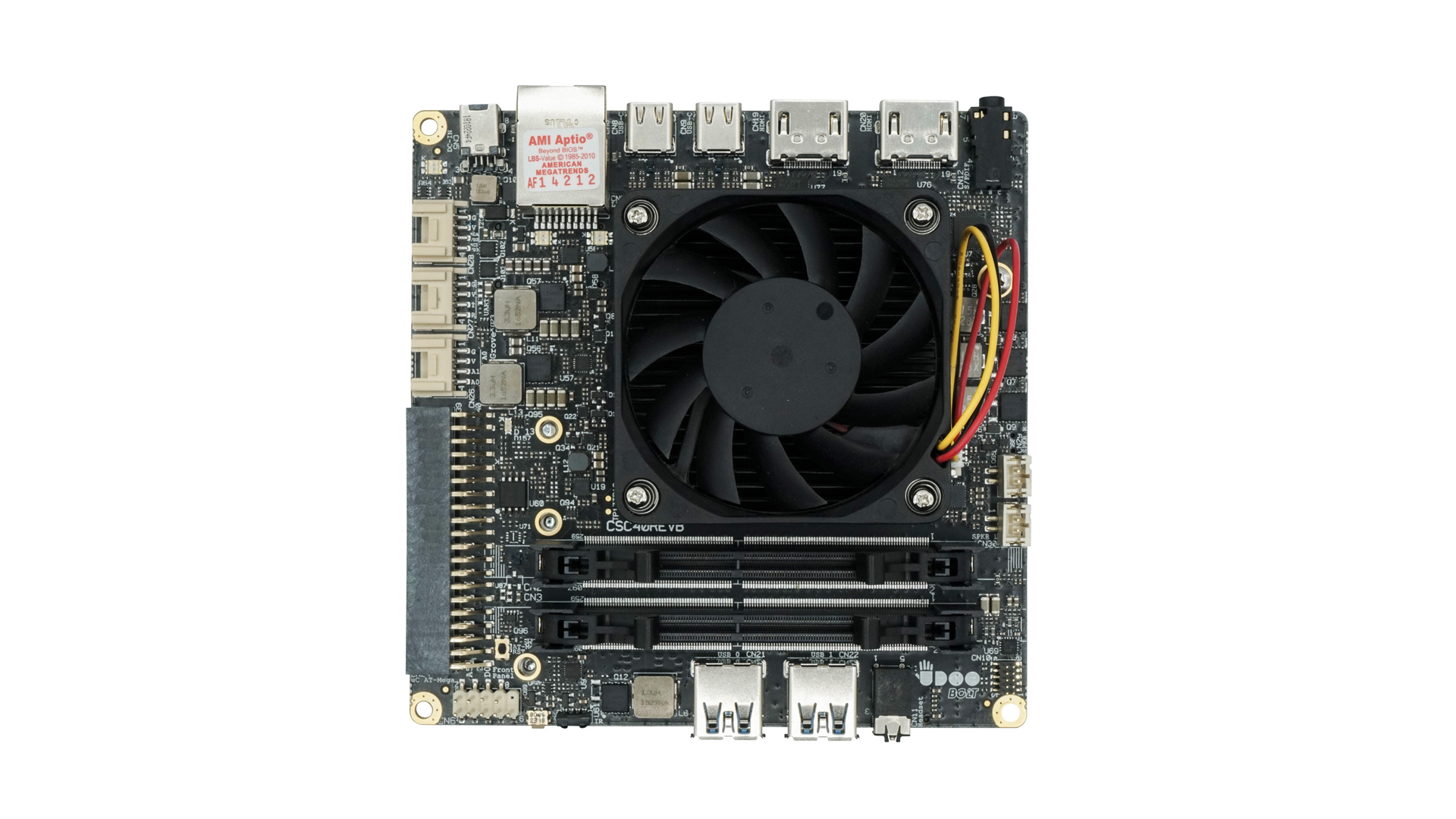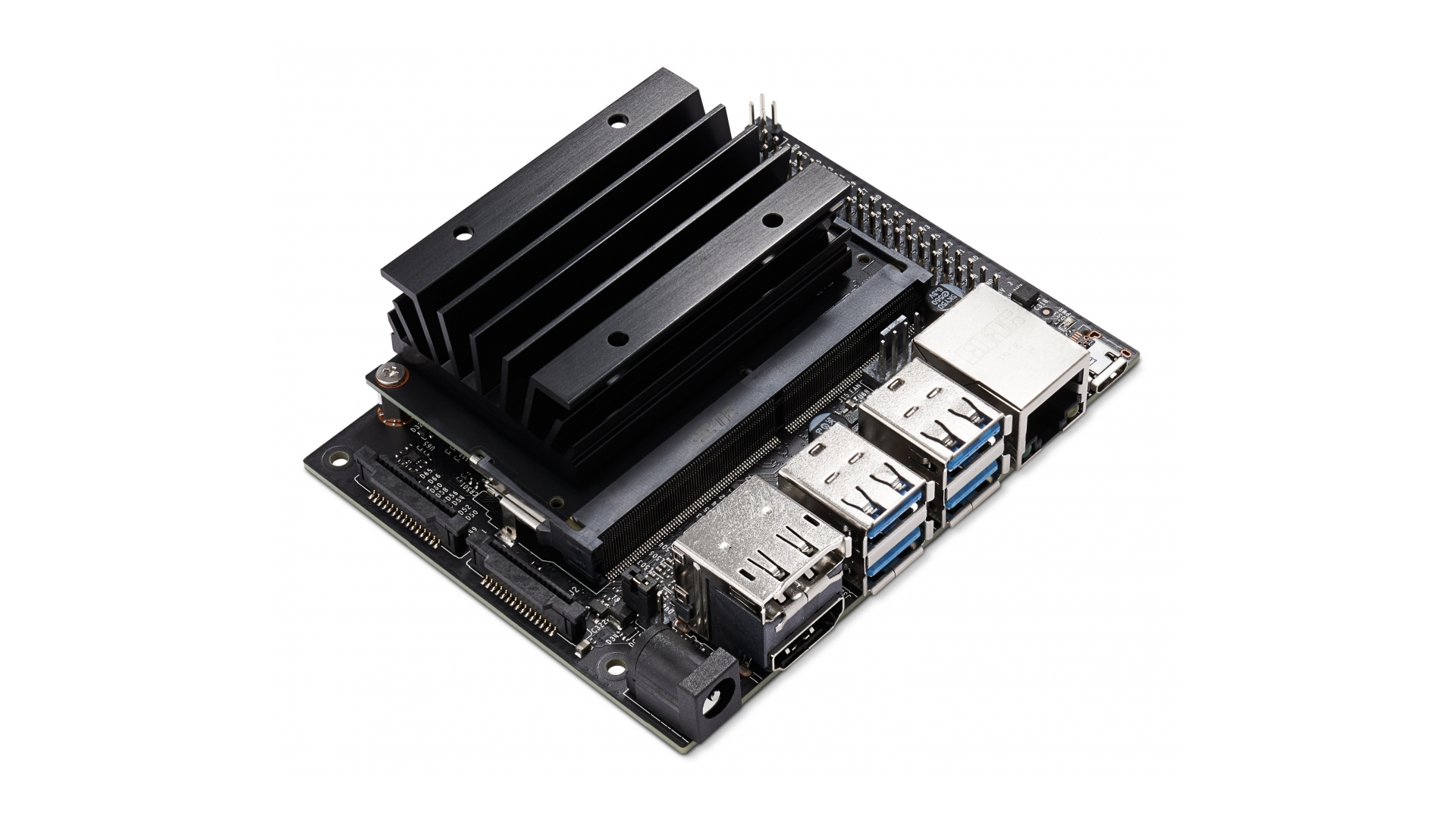Quick Links
Raspberry Pi computers are inexpensive, powerful, and supported by a vast community of fans. But if your project requires hardware options that don't exist on the Pi, then it's time to shop for a new SBC (single board computer). Here are some of our favorites.
Keep in mind that the Raspberry Pi has a massive fan community and outstanding software support. This isn't the case with alternative SBCs, which have smaller fan communities and may lose support for software like Kodi as the world moves on to bigger and better SBCs. If you're a beginner who's already overwhelmed by the task of setting up an SBC, it may be better to start with a Raspberry Pi.
If you're down for the challenge or are a seasoned Pi user who has ideas for a bigger project, however, read on.
What to Look for in a Pi Alternative
Before we get into the weeds, let's cover a few of the components that you should look out for in an SBC. These components will dictate how an SBC can be used, along with what accessories, software, and operating systems are compatible.
If you already know what you're looking for, feel free to skip this section. We're just doing a quick review to keep everything straight.
- CPU/GPU/RAM: Heavy applications require extra power. We'll note when an SBC has an especially powerful board for demanding operating systems, gaming, or heavyweight computing.
- Video Output: The Pi 4 is capable of outputting 4K video at 60 FPS. If you're building a media center with an SBC, know that this is the benchmark.
- Wi-Fi and Bluetooth: Some SBCs, such as the Pi 4, are built with Wi-Fi and Bluetooth hardware. This wireless tech isn't necessary for all applications, and you can add any OS-supported wireless adapter to an SBC. Still, it's something to keep in mind if you're working on a mass-media, portable, or IoT project.
- Input/Output Pins: SBCs sport a selection of I/O pins for expanding device capabilities and connecting accessories (like fans).
- Ports: Extra ports mean extra accessories! If you plan on using a lot of USB devices or displays with your board, then keep an eye on those ports.
- Storage: Raspberry Pi computers don't have soldered-on eMMC flash storage or a SATA interface for SSDs (although you can attach an SSD with some tinkering). If you require these high-speed storage options for your project, then buy an SBC with eMMC storage or a SATA interface.
- OS Compatibility: Are you fixated on a specific Linux distro? Or do you want to install Android or Windows on your SBC? Either way, you'll want to look into OS compatibility before settling on any device. (Pi computers can run a mess of different operating systems, including Android).
- Size: Small boards are ideal for specific applications, such as IoT projects. That said, larger boards will generally pack more power and offer a wider port or I/O pin selection.
Now that we know what to look for in a Raspberry Pi alternative let's jump right into it. Here are the best SBCs that aren't manufactured by the Raspberry Pi foundation, along with some of their key hardware information and potential use cases.
For LibreELEC or OpenELEC Media Centers: Libre Computer
With its 64-bit ARM processor, 4K 60FPS-capable GPU, 2 GB of RAM, four USB ports, and 40-pin header, the Libre Computer (or Le Potato) is practically a direct alternative to the Raspberry Pi 4 (it even fits in Pi 3 cases). It should work as a perfect stand-in for the Pi in most projects, provided that it's compatible with whatever operating system you plan to use.
That said, we're suggesting the Libre Computer as a LibreELEC or OpenELEC media center tool, due to its 4K 60FPS capabilities and low power consumption (it supports voltage levels as low as 4.0V). On top of that, it has a full-sized HDMI 2.0 port (no fiddling with converters) and is supported by LibreELEC in mainline builds.
It's worth mentioning that the Raspberry Pi 4 has two Micro HDMI ports and is supported by both LibreELEC and OpenELEC. Also, the Libre Computer doesn't come with any Wi-Fi or Bluetooth hardware (it does have a Gigabit Ethernet port).
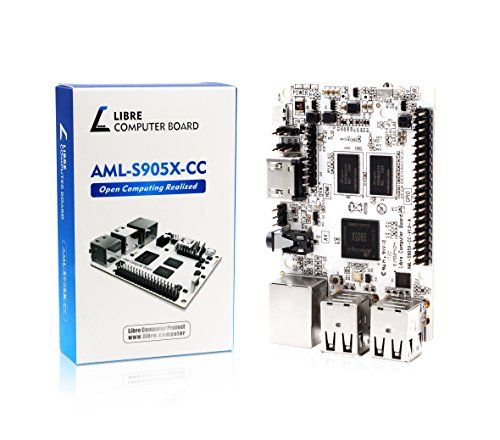
Libre Computer Board AML-S905X-CC (Le Potato) 2GB 64-bit Mini Computer for 4K Media
The Libre Computer is a near-identical alternative to the Raspberry Pi 4. Its 4K 60FPS capabilities, full-sized HDMI port, low power consumption, and mainline LibreELEC support make it an awesome media machine.
PiHoles or Headless Servers: NanoPi Neo2
The NanoPi Neo2 is everything that you need for a headless server or PiHole---it has a 64-bit quad-core processor, Fast Ethernet, a MicroSD slot, a USB-A port, and a 12-pin and 24-pin GIPO. It has a small footprint and low power consumption (with voltage levels as low as 4.0V), and it supports Armbian, the popular OS for lightweight server control.
It's worth mentioning that the NanoPi Neo requires an adapter for Wi-Fi or Bluetooth capabilities. Also, cheap Raspberry Pi products like the Pi Zero cost less than the NanoPi Neo2. A Pi Zero can work for server applications (although the Pi Zero has some hardware limitations and doesn't come with GPIO pins---those are sold separately).
For Running Android: ASUS Tinker Board
Why run Android on an SBC? Well, maybe you'd like to build an Android media center (à la Nvidia Shield TV) or play Android games and emulators from a dedicated device. Perhaps you're a developer who needs a dedicated Android SBC for testing purposes, or maybe you're building an easy-to-navigate smart home interface.
Either way, the ASUS Tinkerboard should be your first option. It's a powerful device with a quad-core ARM processor, 2 GB of RAM, a 4K capable T764 GPU, 16 GB of eMMC memory, a 40-pin GPIO header, a Gigabit Ethernet port and Wi-Fi. It's built to run flawlessly with TinkerOS Android, and it runs like a charm with Slash TV, as noted by Moe Long at Electro Maker.
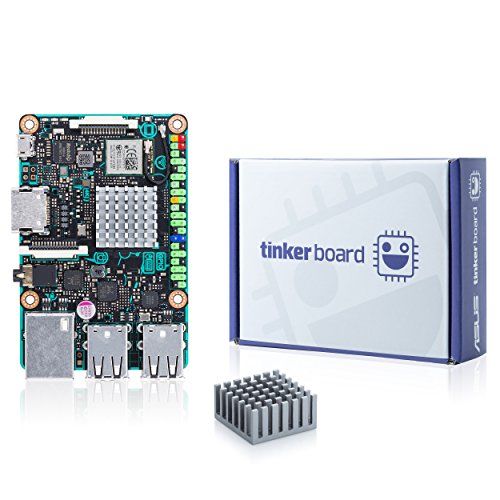
ASUS SBC Tinker board RK3288 SoC 1.8GHz Quad Core CPU, 600MHz Mali-T764 GPU, 2GB
If you want to run Android on an SBC for media, gaming, or development purposes, then the powerful Android-ready ASUS Tinkerboard should be your first choice.
For IoT Projects: Onion OMEGA2+
Some IoT projects require super small, super cheap SBCs. And while you could always buy a Wi-Fi-enabled Pi Zero W, the tiny (1.7-inch wide) Onion Omega2+ may be a better option. It's a Linux based Wi-Fi dev board that features a 580 MHz MIPS CPU, 128 MB of RAM, 23 MB of eMMC storage, and a MicroSD slot. It supports 2.4 GHz Wi-Fi (which can operate as a hot spot) and has dedicated pins for USB and Ethernet connectivity, along with 12 GPIO pins for communicating with other hardware.
The Omega 2+ is loaded with a custom version of LEDE/OpenWRT and works with most popular programming languages, and other devices can access it through a browser by default. Onion Corporation offers Expansion Docks, Pi-like Mini Docks, and even Arduino docks to boost the Omega 2+'s capabilities.
For Education: BBC Micro:Bit
Based on the famous BBC Micro educational initiative, the BBC Micro:Bit is made to give children and students a fun entry-way to the world of programming. It has a simple LED interface that can act as a step-counter, an animated image, or even a shakeable dice through some easy Python programming.
Technology Will Save Us sells the Micro:Bit as a cheap individual unit, or as an advanced set with other components and boards. It doesn't have the hardware capabilities of a Raspberry Pi computer, which (while restrictive) can help beginners focus on simple programming.

n/a
The BBC Micro:Bit is a small board that's meant to serve as an entry-point to programming. Its simple interface makes it easy for beginners to learn the basics of languages like Python.
Windows 10 and AAA Gaming: Udoo Bolt
Looking for a high-end maker board that can handle AAA games and the Windows 10 operating system? Look no further than the Udoo Bolt. It sports an x86-bit AMD Ryzen processor, an AMD Radeon Vega 8 GPU, and a 32 GB eMMC drive for fast boot times. And like a modern PC, it's packed with two DDR4 SO-DIMM slots, an SSD SATA module slot, a SATA 3.0 slot, six PCI-E slots, a Wi-Fi slot, two HDMI ports, a Gigabit Ethernet port, two USB A ports, two USB-C ports (one 3.1 port for displays, one 3.0 port for USB-C PD), and a mess of I/O pins for fans and accessories.
All of this beefy computing power can fit in the palm of your hand, and (according to UDOO), it's twice as fast as the 13-inch MacBook Pro. For just over $400, it may even be an upgrade from the computer you're using now. If you aren't convinced, check out this video of GTA V running on the UDOO bolt.
For AI and Big Data: NVIDIA Jetson Nano Dev Kit
The Raspberry Pi doesn't have nearly enough processing power for AI, neural networks, or big development projects. If you're looking for a dedicated board to get the job done, then the NVIDIA Jetson Nano Developer Kit is your best (and only) option. It's specially built to run multiple neural networks in parallel, and unlike your desktop computer, it operates at a minimum of just 5 watts.
The Jetson Nano Dev Kit runs on a QuadCore ARM processor, a 1280core Maxwell GPU, 4 GB of DDR4 RAM, and has a MicroSD slot. It's loaded with four USB 3 ports, a Gigabit Ethernet jack, an HDMI 2 and eDP 1.4 port, a camera I/F, an M.2 Key E socket for Wi-F cards, a 40-pin header, and 8- and 4-pin headers for power controls and fans.

